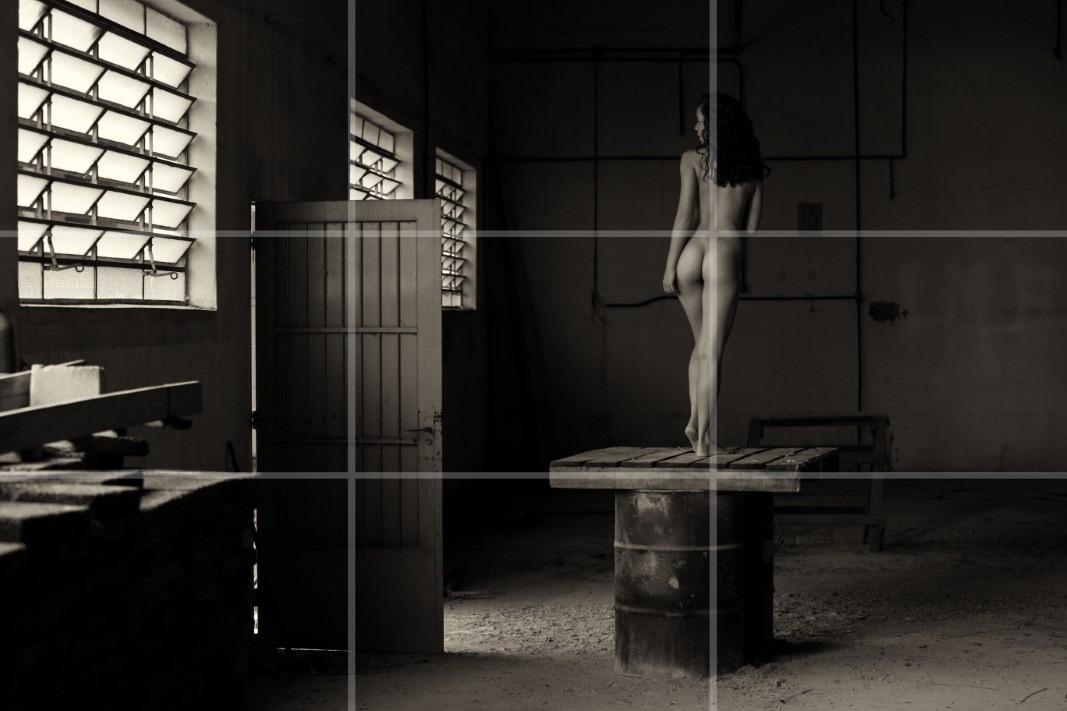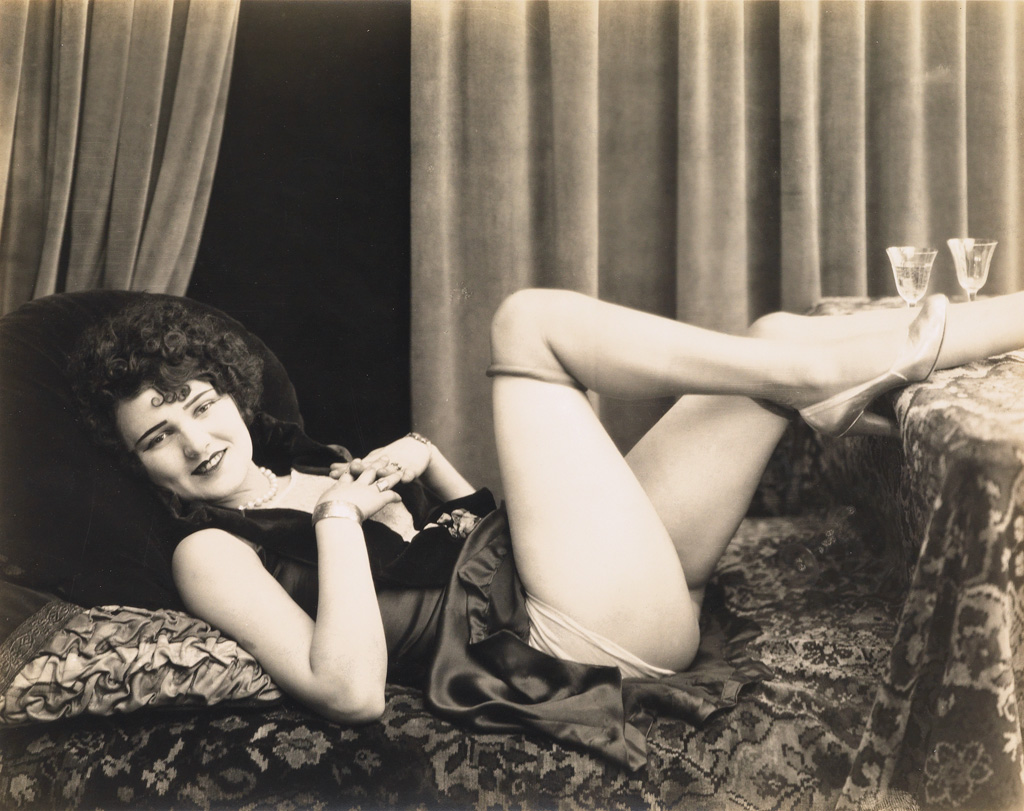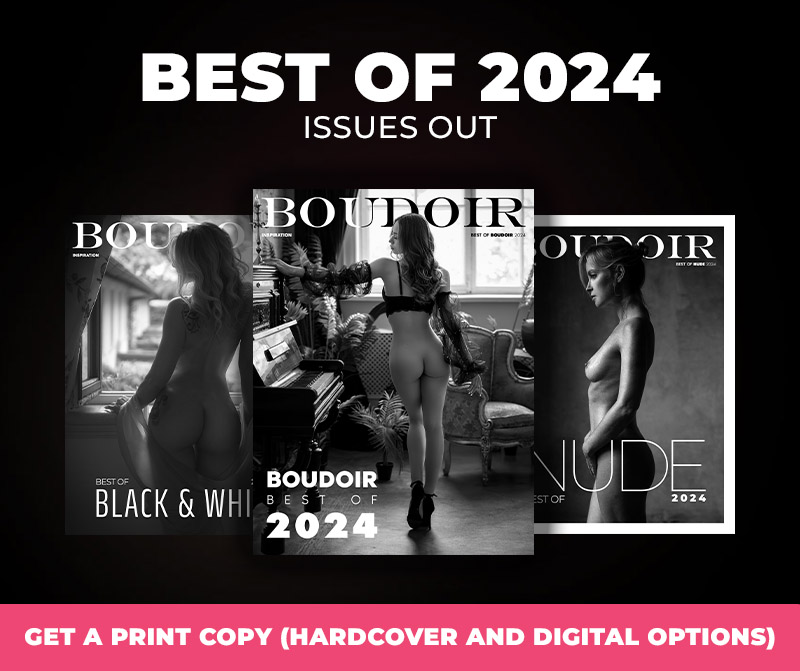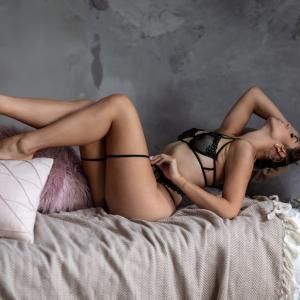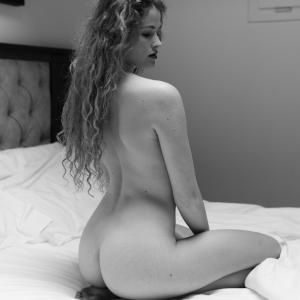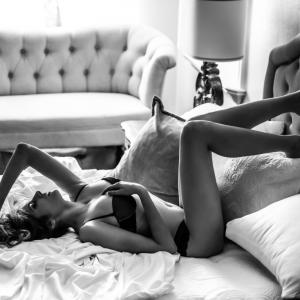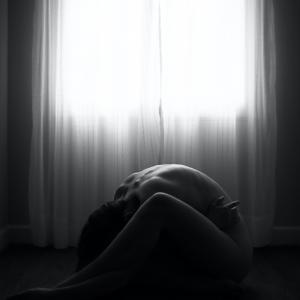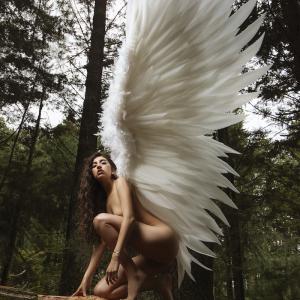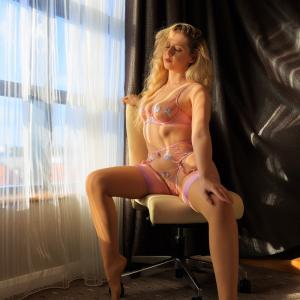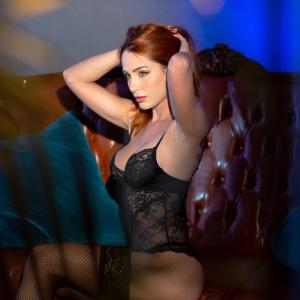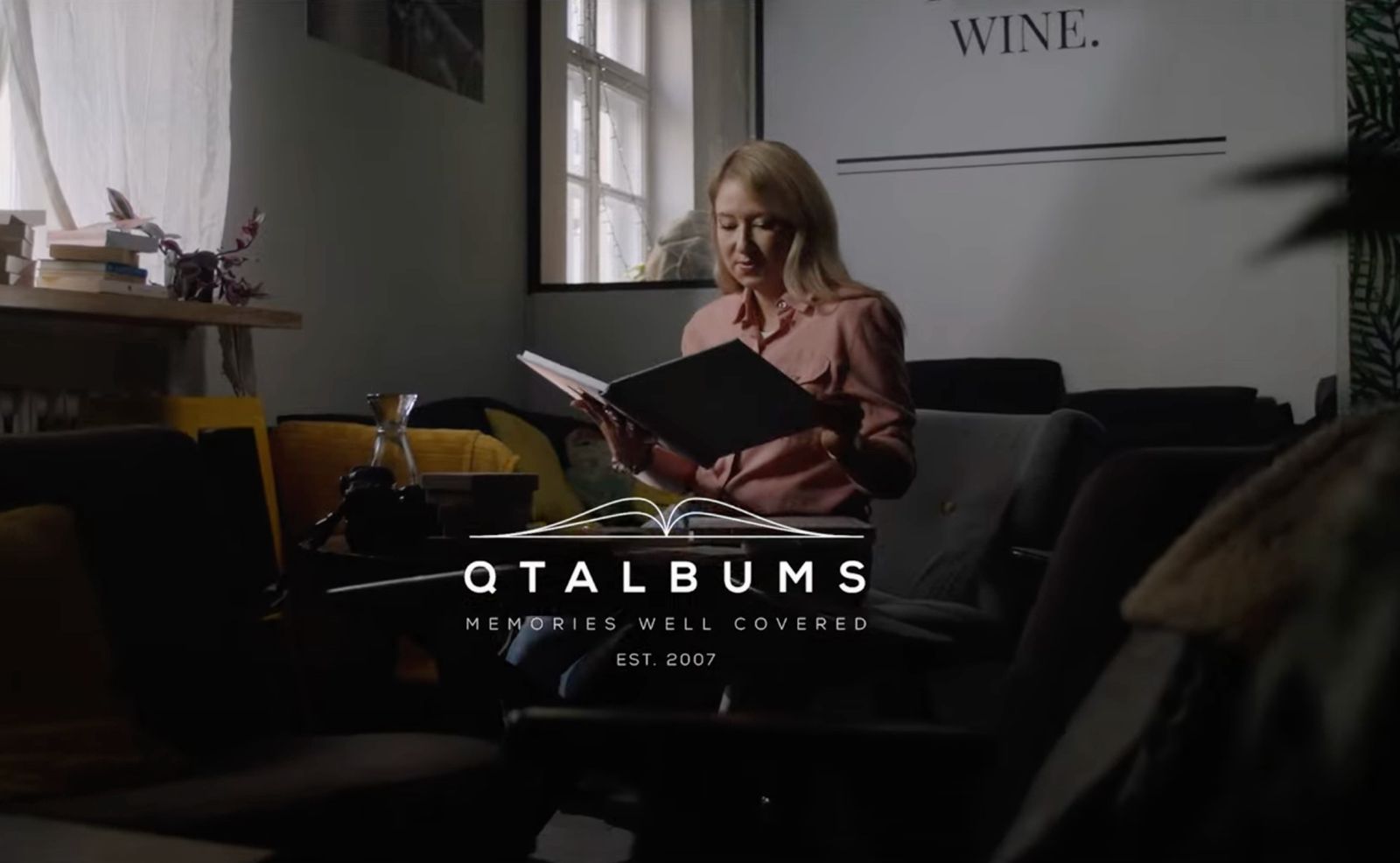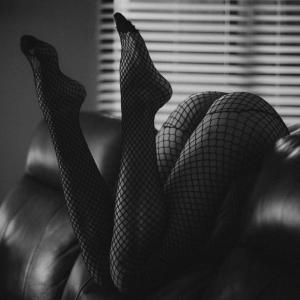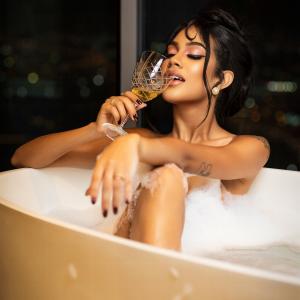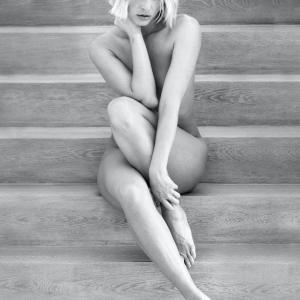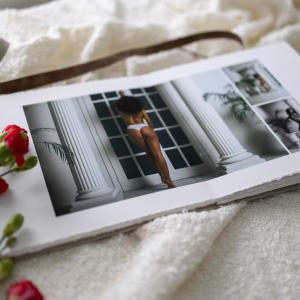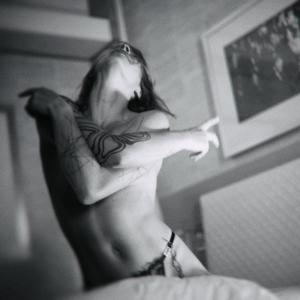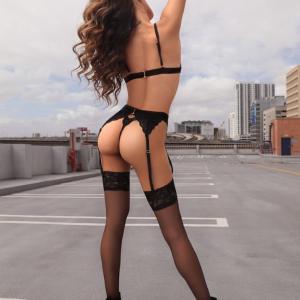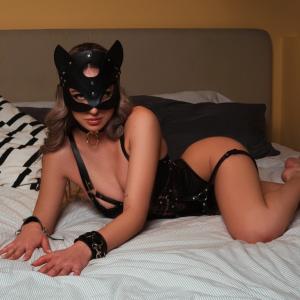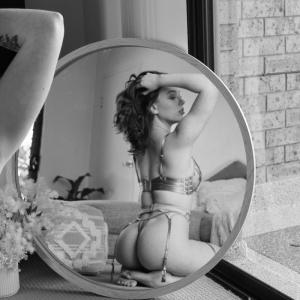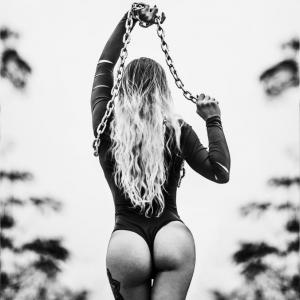Explore the captivating journey of boudoir photography through the lens of influential figures, from early pioneers challenging societal norms to contemporary visionaries redefining sensuality and empowerment. Discover their enduring impact on this artistic genre.
Introduction
Evolution and Definition
Boudoir photography, an enchanting blend of intimacy and artistry, has journeyed through a rich historical tapestry since its inception in the early 20th century. Originating from the French term 'boudoir', meaning a woman's private room, this genre initially focused on capturing the delicate moments of a woman in her personal space. These early depictions intertwined sensuality with the elegance of everyday life, setting the stage for an evolving art form.
The Artistic and Cultural Significance
Throughout the years, boudoir photography has blossomed into a medium of empowerment and artistic expression. Far beyond its initial association with eroticism, it stands today as a celebration of the human form, narrating stories of emotion, beauty, and self-acceptance. Its real power lies in challenging and redefining societal norms surrounding body image and femininity. By portraying the raw, unfiltered essence of its subjects, boudoir photography has become a symbol of personal empowerment and a voice in the ongoing dialogue about gender, beauty, and self-expression. This genre, in its unique ability to showcase vulnerability as strength and sensuality as elegance, holds a significant place not only in the realm of art but also in the broader cultural narrative of personal identity and expression.
The Early Pioneers
Albert Arthur Allen: Embracing Feminine Beauty
Albert Arthur Allen, a remarkable pioneer in the realm of boudoir photography, left an indelible mark with his celebration of the female form. Active in the early 20th century, Allen's work was groundbreaking. He deviated from the norms of his time, which often veiled feminine beauty in modesty, and instead chose to embrace and showcase it in its natural, unadulterated form. His photographs were a bold statement in an era of conservative values, portraying women not as mere subjects of desire but as embodiments of grace, strength, and natural beauty. Allen's approach to boudoir photography was revolutionary; he sought to capture the essence of his subjects, celebrating their individuality and the diverse expressions of femininity. His work, therefore, stands not only as a collection of images but as a powerful testament to the beauty of womanhood in its most authentic and unguarded moments.
Naturalism and Dignity
Albert Arthur Allen's photography is a testament to naturalism. His approach to boudoir photography was groundbreaking for its time, focusing on capturing the natural beauty of the female form. He used soft, ambient lighting to highlight the inherent grace and dignity of his subjects. This method created a sense of intimacy and authenticity, showcasing his subjects in their most genuine and unembellished state.
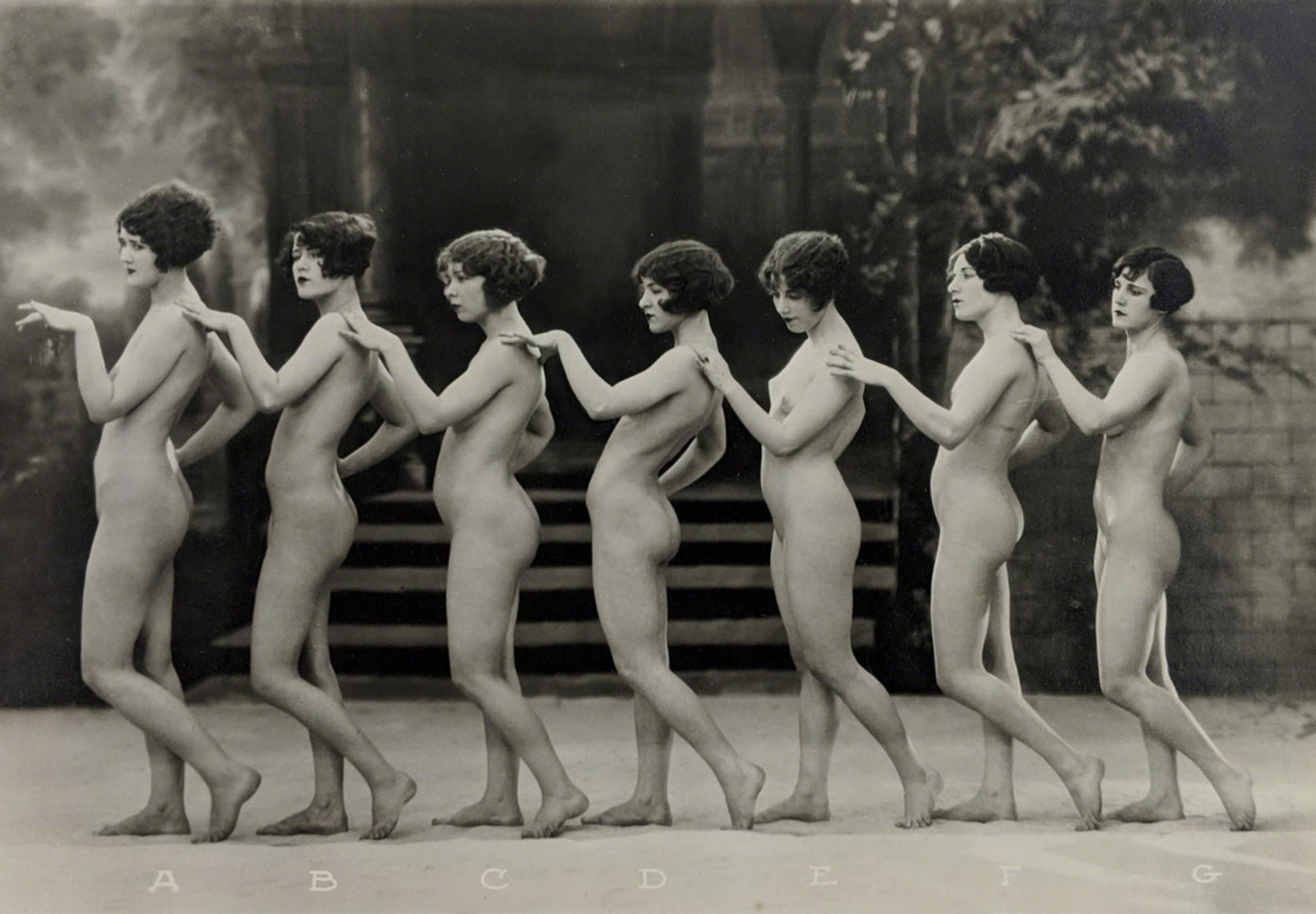
Jean Agélou: European Sensibilities in Boudoir Art
Jean Agélou, another influential figure, brought a distinct European flavor to the art of boudoir photography. A French photographer known for his postcard and magazine work in the early 1900s, Agélou's style was characterized by an elegant, artistic touch that combined sensuality with the finesse of European art. His compositions often reflected a blend of classicism and modernity, incorporating elements of the Art Nouveau movement which was prominent during his time. Agélou's work is notable for its attention to detail, the subtlety of its eroticism, and its celebration of the female form within artistically rich contexts. His photographs transcended mere portraiture; they were artistic creations that spoke to the viewer, inviting them to appreciate the beauty and complexity of his subjects. Through his lens, Agélou offered a glimpse into a world where boudoir art was not just about the subject but about the interplay of light, shadow, form, and the surrounding environment, making him a significant contributor to the evolution of boudoir photography in Europe.
Art Nouveau Influences
Jean Agélou's signature style was deeply influenced by the Art Nouveau movement. He often incorporated flowing lines and organic forms into his compositions, creating a sense of elegance and fantasy. Agélou’s use of detailed backdrops and props added an artistic depth to his photographs, making them stand out as sophisticated works of art.
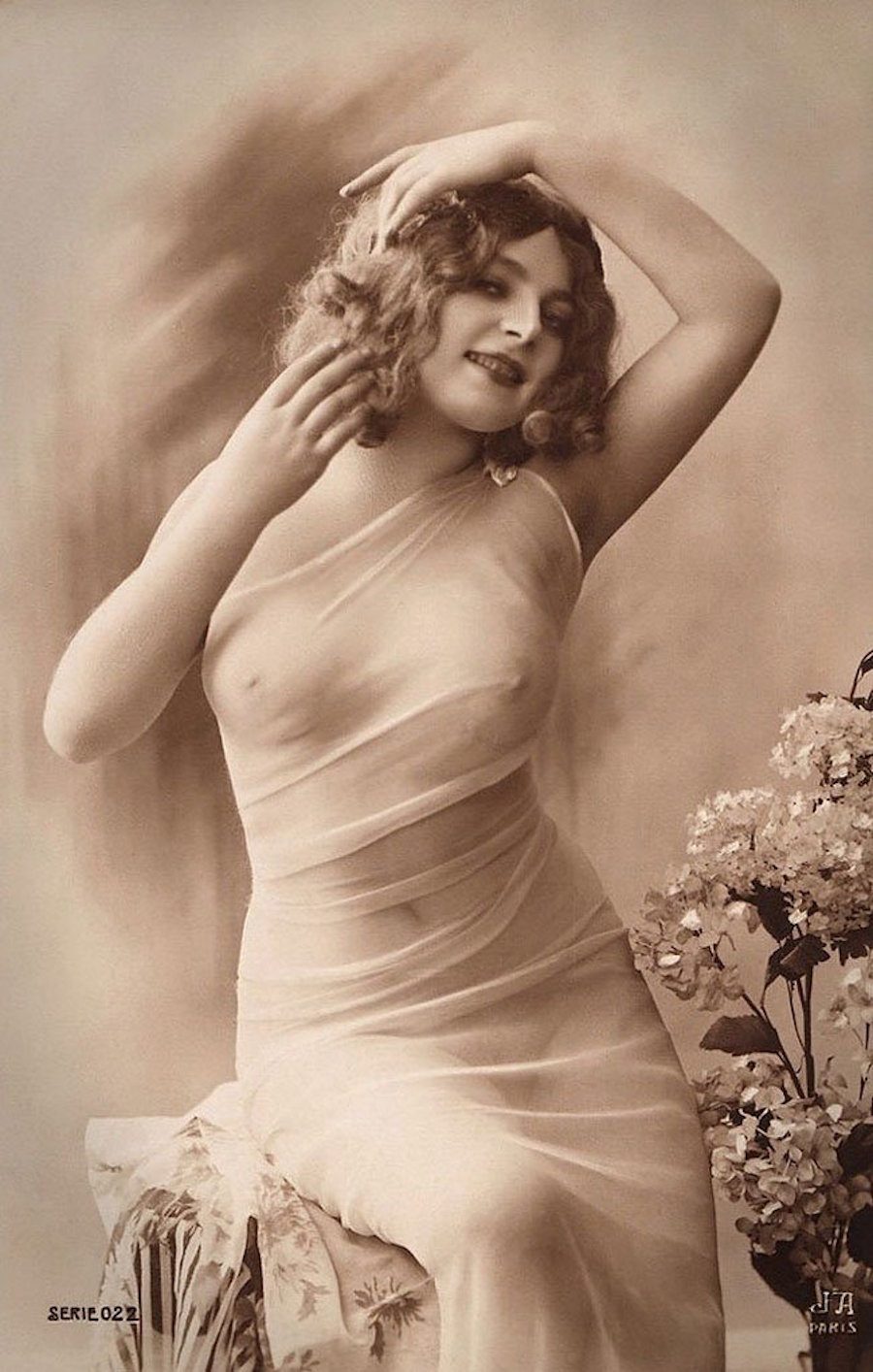
Fernande by Jean Agelou - Wikimedia Commons
Mid-20th Century Innovators
Irving Klaw: The Notorious Era of Pin-Ups
Irving Klaw, a name synonymous with the golden era of pin-up photography, was a pivotal figure in bringing boudoir aesthetics into the mainstream during the mid-20th century. Klaw, often regarded as somewhat notorious, was instrumental in popularizing the pin-up genre, which featured women in playful, seductive poses, often with a hint of cheeky innocence. His work was not just photography; it was a cultural phenomenon that broke several societal taboos of the time. Through his lens, Klaw captured the essence of post-war femininity and freedom, offering a new perspective on women's sensuality. He was a master at blending glamour with a subtle narrative, creating images that were both alluring and artistically rich. Klaw's contribution to boudoir photography lies in his ability to push boundaries and challenge the conservative views of his era, making him a significant figure in the evolution of this art form.
Glamour and Playfulness
Irving Klaw revolutionized boudoir photography with his pin-up style that exuded glamour and a playful spirit. His technique involved using lighting and backdrops strategically to craft images that were both enticing and slightly provocative. Klaw’s photographs were characterized by their confident poses and expressions, capturing the essence of post-war femininity and freedom.
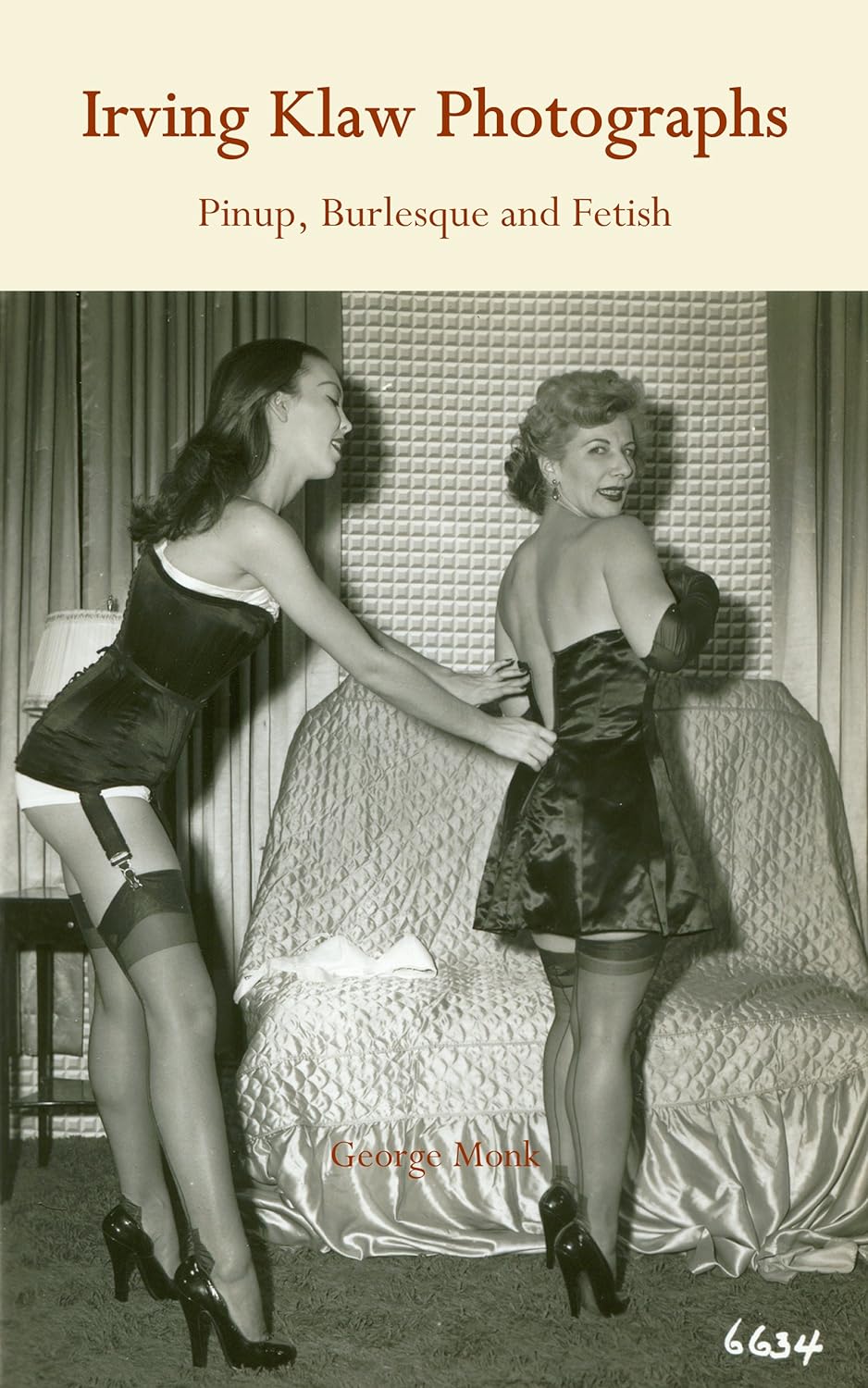
Irving Klaw Photographs: Pinup, Burlesque and Fetish - George Monk
Bunny Yeager: A Female Gaze in Boudoir Imagery
Bunny Yeager, an iconic name in boudoir photography, brought a refreshingly unique perspective to the genre – the female gaze. Starting her career as a model, Yeager transitioned behind the camera, bringing with her an intimate understanding of her subjects. Her work in the mid-20th century was revolutionary, not just for its high aesthetic quality but also for the way it empowered her subjects. Yeager's photographs are celebrated for their natural, unpretentious depiction of female beauty. She had a unique ability to make her models feel comfortable and confident, which is vividly evident in her photography. Her images radiate a sense of ease and authenticity, a stark contrast to the more staged and artificial poses common in male-dominated boudoir photography of the time. Bunny Yeager's legacy in the world of boudoir photography is profound; she reshaped the narrative, shifting the focus from mere objectification to celebration and empowerment of women, captured through a lens of empathy and understanding.
Authenticity and Comfort
Bunny Yeager brought a unique perspective to boudoir photography, emphasizing authenticity and comfort. Her experience as a model informed her photographic approach, enabling her to create a relaxed environment for her subjects. This resulted in photographs that were natural, expressive, and deeply personal, highlighting the true beauty of her subjects.
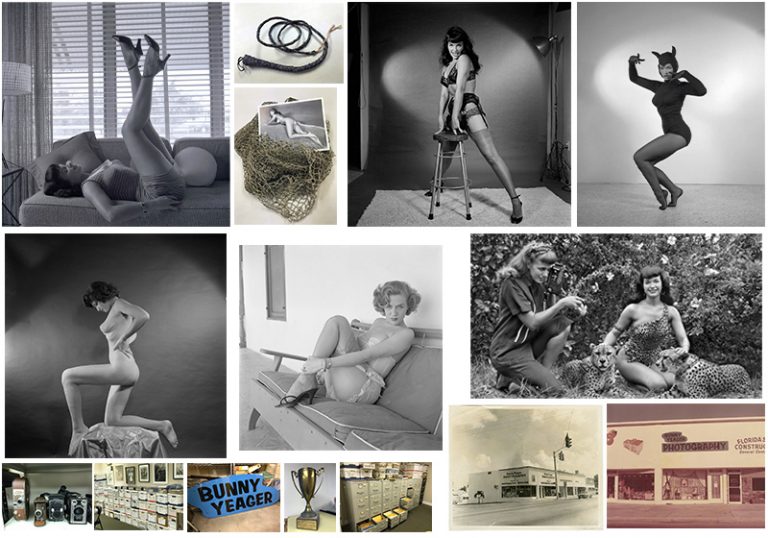
The Estate of Bunny Yeager - Grapefruit Moon Gallery
Contemporary Masters
Ellen von Unwerth: Revolutionizing Modern Boudoir
Ellen von Unwerth, a powerhouse in contemporary photography, has played a crucial role in revolutionizing modern boudoir photography. With a career spanning several decades, von Unwerth, a former model turned photographer, brings a unique perspective to her work. Her style is a blend of playful eroticism, empowered femininity, and a touch of whimsy that sets her apart in the world of boudoir photography. Von Unwerth’s images are more than just photographs; they are narratives that speak of freedom, strength, and the unapologetic celebration of female sensuality. Her work is characterized by a dynamic energy, often capturing spontaneous, candid moments that reveal the genuine essence of her subjects. Von Unwerth's influence in modern boudoir photography is immeasurable; she has not only contributed aesthetically but has also been a driving force in redefining how women are perceived and portrayed in this genre, making her an icon in her own right.
Spontaneity and Vivacity
Ellen von Unwerth’s work is renowned for its spontaneous and candid style. She captures moments of unguarded expressions, laughter, and movement, infusing her images with energy and life. This approach adds a dynamic and vivacious quality to her boudoir photography, making her work instantly recognizable and deeply influential.
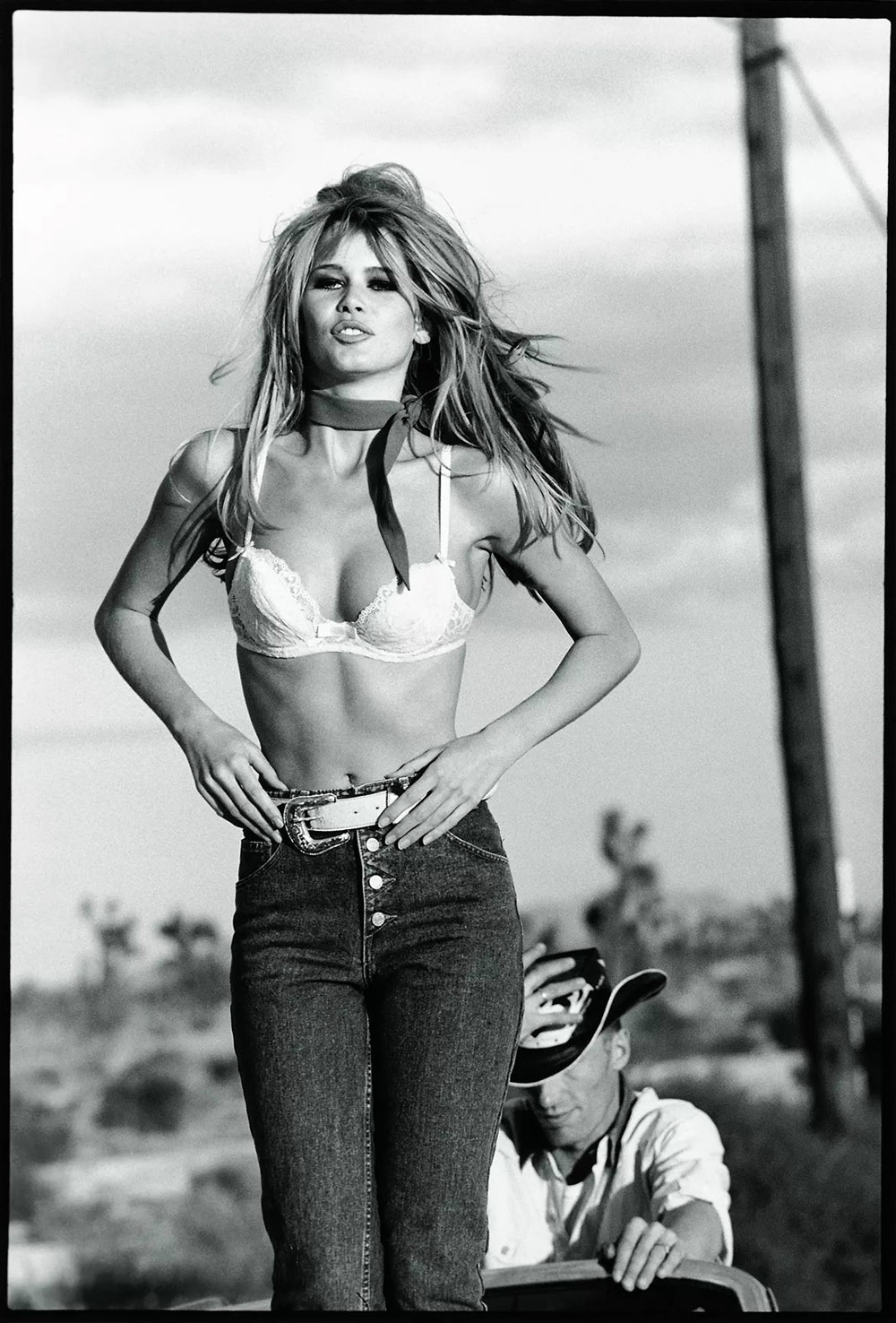
Guess Who, Claudia Schiffer, Nashville, 1989 - The Playful Sensuality of Photographer Ellen von Unwerth’s Images - Artsy
Helmut Newton: The Bold and Provocative Approach
Helmut Newton, renowned for his bold and provocative style, has left an indelible mark on the world of boudoir photography. His approach to the genre is characterized by a blend of eroticism, luxury, and high fashion, often pushing the boundaries of conventional photography. Newton's photographs are striking, featuring strong, confident women in powerful, sometimes controversial, poses. His work often plays with themes of voyeurism and dominance, challenging traditional norms and expectations in boudoir photography. What sets Newton apart is his ability to infuse elegance into provocative imagery, creating a tension that both captivates and confronts the viewer. His influence extends beyond the realm of boudoir photography, impacting fashion, portrait, and art photography at large. Newton's legacy in boudoir photography is defined by his fearless exploration of the female form and his unyielding commitment to capturing the strength and complexity of his subjects.
Dramatic Contrasts and Bold Compositions
Helmut Newton is celebrated for his striking black-and-white photography, utilizing stark contrasts and strong shadows to create drama and intrigue. His bold compositions often featured unconventional and provocative elements, challenging traditional norms and exploring the complexities of femininity and beauty.
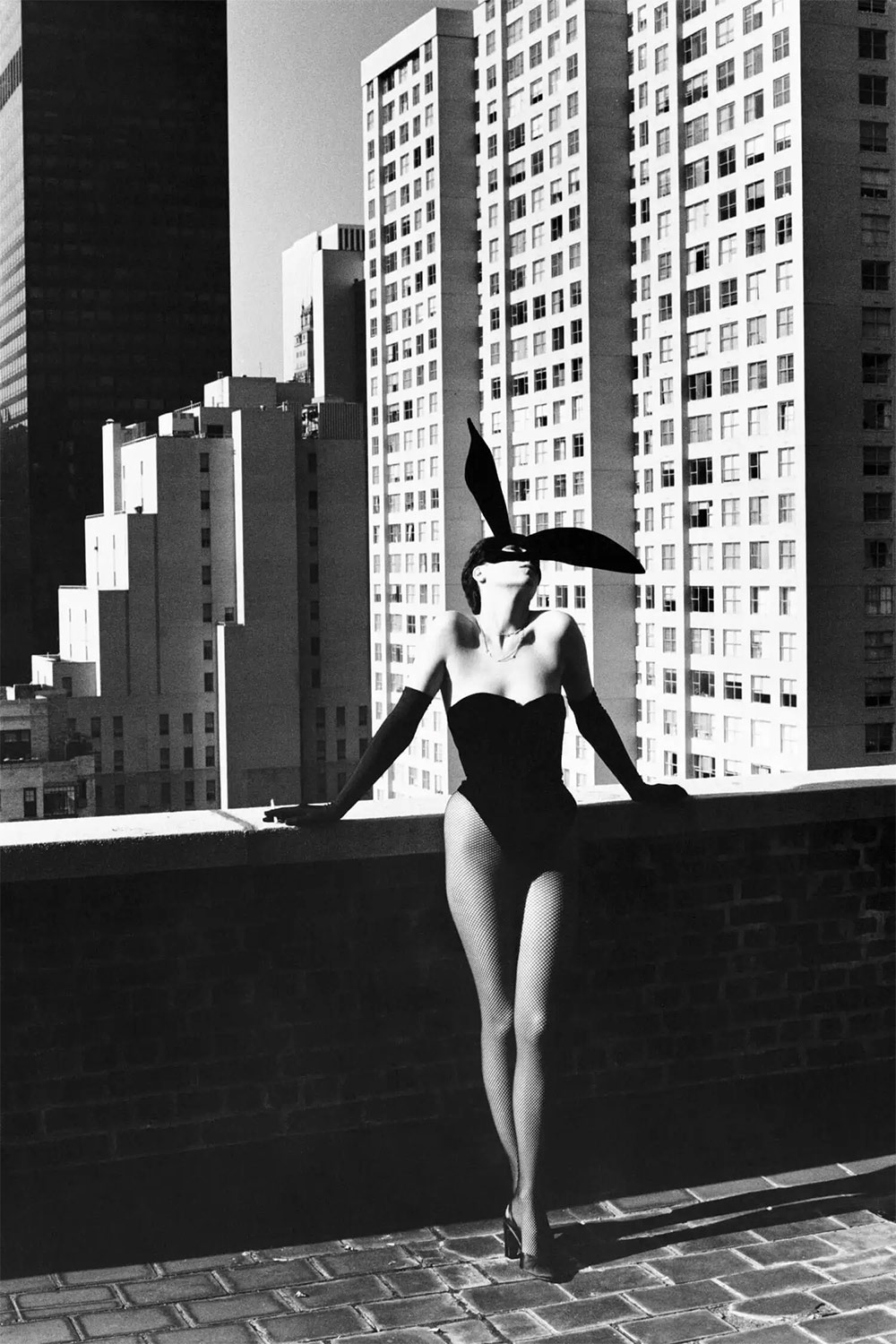
Helmur Newton - Fact & Fiction - Marta Ortega Pérez (MOP) Foundation
Influential Female Figures
Dora Maar: A Surrealist Touch
Dora Maar, an often underappreciated yet pivotal figure in the world of photography, brought a surrealistic touch to her work, leaving a lasting impact on the genre of boudoir photography. Best known for her association with the Surrealist movement and her relationship with Pablo Picasso, Maar's contributions go far beyond these connections. Her photography is characterized by a unique blend of surrealism and realism, creating images that are both ethereal and grounded. Maar's approach to boudoir photography was unconventional; she played with perspective, lighting, and composition to create images that were provocative, thoughtful, and laden with symbolism. Her work in the boudoir genre is notable for its ability to delve beyond mere physical beauty, exploring the psychological depths and complexities of her subjects. Dora Maar's surrealist influence in boudoir photography is a testament to her creativity and vision, showcasing her ability to transform the ordinary into the extraordinary and challenge the viewer's perceptions of beauty and sensuality.
Surrealist Vision and Depth
Dora Maar's technique in boudoir photography was distinguished by her surrealist vision. She masterfully blended reality with elements of fantasy, creating images that delved beyond the physical into the psychological realms. Her use of distorted perspectives and symbolic imagery introduced a new layer of depth to boudoir photography, making her work stand out for its emotional complexity and surreal beauty.
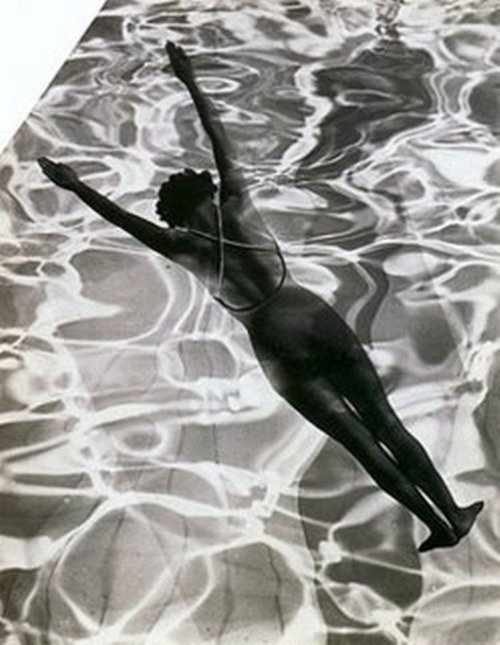
Eau by Dora Maar - WikiArt
Suze Randall: Breaking Barriers in Boudoir Photography
Suze Randall stands out as a trailblazer in boudoir photography, known for breaking barriers and pioneering new paths in a predominantly male-dominated field. Beginning her career in the 1970s, Randall was one of the first female photographers to gain prominence in both mainstream and adult photography. Her work is celebrated for its boldness and artistic quality, often featuring strong, confident women in control of their sexuality. Randall's approach to boudoir photography broke away from the traditional, softer imagery of the time, introducing a more assertive and unapologetic portrayal of female sensuality. Her photographs are a powerful statement on female empowerment, challenging societal norms and redefining the narrative around women's bodies and sexual expression. Suze Randall's impact on boudoir photography is profound; she not only contributed through her distinctive photographic style but also paved the way for future generations of female photographers in the genre. Her legacy is one of empowerment, artistic innovation, and a relentless pursuit of breaking down barriers in the world of photography.
Empowerment and Boldness
Suze Randall made her mark in boudoir photography with a style characterized by boldness and empowerment. Her images often portrayed strong, confident women, reflecting a sense of assertiveness and control. Randall’s approach was direct and unapologetic, showcasing female sensuality in a way that was refreshingly genuine and empowering. Her work broke away from conventional soft imagery, redefining the narrative of female beauty and sensuality in the genre.
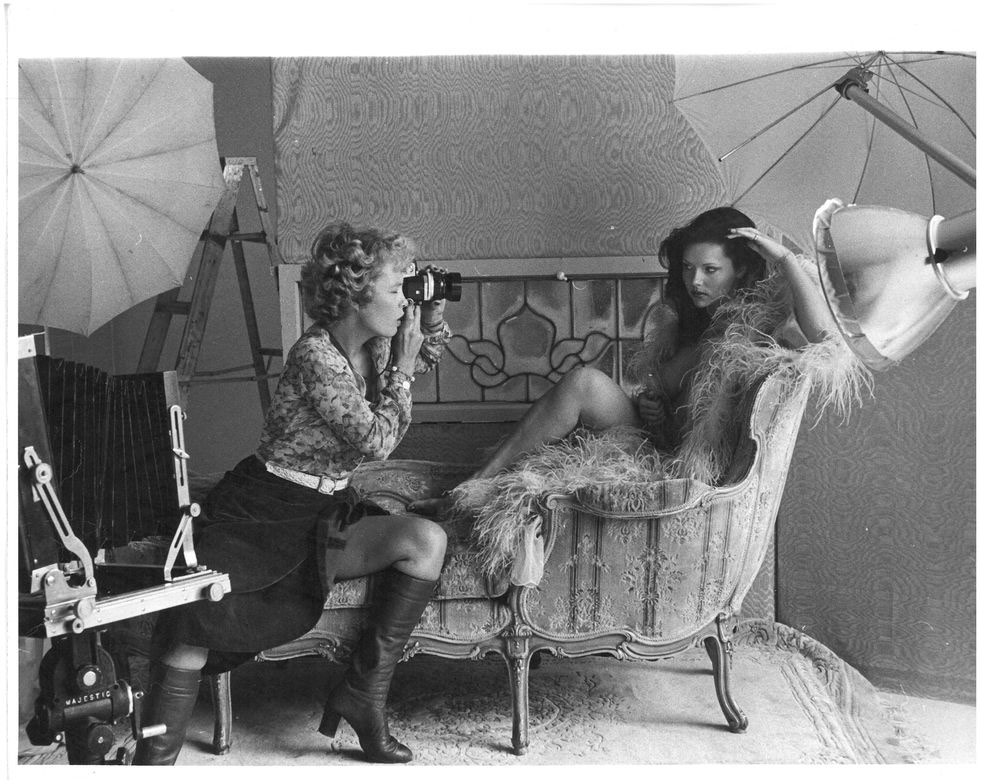
The Evolution of Boudoir Photography Through Key Figures: Analyzing the Artistic Progression
The evolution of boudoir photography is a narrative rich in artistic progression, marked significantly by key figures who each brought their unique vision and style to the genre. This journey through the decades showcases a fascinating transformation, reflecting broader cultural and social shifts.
In its early days, boudoir photography was characterized by a more demure and veiled approach, with pioneers like Albert Arthur Allen and Jean Agélou laying the groundwork. Allen, in particular, celebrated feminine beauty in its natural form, often considered bold for his time. His work signaled the beginning of a shift in how women's bodies were perceived and depicted in art. Agélou, on the other hand, introduced European sensibilities to boudoir photography, blending artistic elegance with sensual overtones.
As we move into the mid-20th century, figures like Irving Klaw and Bunny Yeager brought new dynamics to boudoir photography. Klaw, with his pin-up style, added a playful and somewhat cheeky element, pushing the boundaries of the genre's expressiveness. Bunny Yeager, a female photographer in a predominantly male field, infused her work with a sense of empowerment, shifting the narrative towards celebrating female strength and confidence.
The contemporary era saw further evolution with photographers like Ellen von Unwerth and Helmut Newton. Von Unwerth’s work is a celebration of modern femininity, marked by spontaneity and a sense of liberation. Her photographs are lively, capturing the unguarded moments that embody true sensuality. Helmut Newton’s bold and provocative style, often intertwining high fashion with eroticism, continued to challenge and redefine the boundaries of boudoir photography.
This artistic progression in boudoir photography is not just about changing styles or techniques; it's a reflection of the evolving societal attitudes towards femininity, beauty, and self-expression. Each key figure in this journey didn't just capture images; they captured the essence of their times, influenced cultural perceptions, and paved the way for future generations of photographers. Their collective legacy is a tapestry of artistic achievement, showcasing the power of photography not only as a form of art but also as a medium for social and cultural commentary.
The Global Impact of Pioneers in Boudoir Photography
The pioneers of boudoir photography have significantly influenced international perspectives on femininity and beauty. Figures like Albert Arthur Allen and Jean Agélou, with their early 20th-century work, began challenging conservative norms, not just in their native lands but globally. Their portrayal of the female form laid the groundwork for a more liberated and inclusive understanding of beauty. This shift was crucial in paving the way for mid-century icons like Irving Klaw and Bunny Yeager, whose influence permeated popular culture, influencing fashion, cinema, and advertising worldwide.
In more recent times, contemporary masters like Ellen von Unwerth and Helmut Newton have continued this trend, taking boudoir photography to the global stage and blending it with high fashion. Their work, regularly featured in international publications, has played a key role in redefining global beauty standards, fostering a more diverse and empowered portrayal of women. The international resonance of their work underscores the universal appeal of boudoir photography, demonstrating its enduring impact across different cultures and eras.
Preserving the Legacy: Archives and Exhibitions of Influential Boudoir Photographers
The preservation of the legacy of influential boudoir photographers is crucial in showcasing their timeless work and ensuring their artistic contributions continue to inspire future generations. Archives and exhibitions play a pivotal role in this endeavor, serving as guardians of history and artistic expression.
Museums, galleries, and private collectors worldwide have dedicated significant resources to archiving the works of pioneers like Albert Arthur Allen and Jean Agélou, whose early 20th-century photographs mark the beginnings of boudoir photography. These archives not only preserve the original prints but also contextualize them within the broader narrative of photographic history, allowing enthusiasts and scholars alike to study and appreciate the evolution of the genre.
Exhibitions, both physical and digital, offer the public a chance to experience these works firsthand. They provide a curated journey through the various phases and styles of boudoir photography, from the demure and subtly suggestive images of the early days to the bold and expressive works of contemporary masters like Ellen von Unwerth and Helmut Newton. These exhibitions often include multimedia presentations, interactive installations, and educational programs, enhancing the viewer's understanding of the art form and its impact on society.
By preserving and showcasing the work of these influential photographers, archives and exhibitions ensure that the rich history and artistry of boudoir photography are not only remembered but continue to be a source of inspiration and education for both current and future audiences.
The Influence of Technology on Their Work: Transition from Analog to Digital
The transition from analog to digital technology has significantly impacted the work of influential figures in the history of boudoir photography, shaping their artistic expressions and expanding the possibilities within the genre.
For early pioneers like Albert Arthur Allen and Jean Agélou, who worked in an era dominated by analog photography, their artistry relied heavily on the limitations and nuances of film photography. They mastered the use of soft ambient lighting and intricate details to capture the raw essence of their subjects. However, the transition to digital technology in contemporary photography, as seen with Ellen von Unwerth and Helmut Newton, has opened up new horizons. Digital cameras and editing software enable them to experiment with spontaneity, capturing unguarded moments and creating dynamic compositions.
In the mid-20th century, Irving Klaw and Bunny Yeager pushed boundaries with analog equipment, challenging societal norms through their provocative work. Today, digital technology empowers photographers to further explore these boundaries while maintaining a sense of authenticity.
The use of digital technology has also democratized boudoir photography, making it more accessible to a broader audience. Photographers like Suze Randall were able to break into the predominantly male-dominated field, thanks in part to the convenience and affordability of digital equipment.
Reflections on Their Contributions to Boudoir Photography
The enduring impact of these influential figures in boudoir photography is profound, reshaping the genre's essence and societal perceptions. From early pioneers like Albert Arthur Allen to contemporary visionaries like Ellen von Unwerth, they have challenged norms and celebrated authenticity, pushing boundaries with their distinct styles. These photographers have not only expanded the artistic horizons of boudoir photography but also contributed to broader conversations about body image, femininity, and empowerment. Their collective legacy is a reminder that boudoir photography is a powerful medium for capturing the essence of humanity and the enduring beauty of personal empowerment, leaving an indelible mark on the genre's history and future.
Conclusion
In conclusion, the enduring legacy of these iconic photographers in the boudoir genre is characterized by their transformative influence on how sensuality, femininity, and empowerment are portrayed in photography. From early pioneers like Albert Arthur Allen and Jean Agélou to mid-20th-century trailblazers Irving Klaw and Bunny Yeager, and contemporary visionaries such as Ellen von Unwerth and Helmut Newton, their work has transcended mere imagery, challenging societal norms, and redefining the narrative surrounding beauty and identity. Dora Maar's surrealistic touch and Suze Randall's bold empowerment further emphasize the genre's evolution. Their collective contributions have enriched the world of photography, leaving an enduring impact that continues to inspire and shape the boudoir genre, reminding us of the profound role art plays in shaping our perceptions of self-expression and empowerment.
